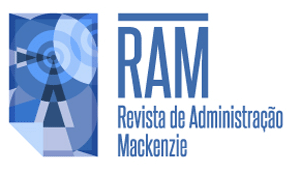ABSTRACT
Purpose:
The aim of this paper is to analyze the dynamic capabilities related to the generation of pollutant reduction techniques according with Teece's proposition. In order to do so, we developed a case study in a Brazilian automaker.
Originality/gap/relevance/implications:
This paper discusses empirically aspects of creation of dynamic capabilities and innovations from its foundations. The originality of the study resides in a clearer understanding inside an organization the conception of dynamic capabilities and innovations through time.
Key methodological aspects:
In this paper, an automaker was studied, focusing on interviewers' interpretations concerning on the creation of reduction of pollutants technologies. The data collected were qualitative and they were analyzed through the technique of content analysis.
Summary of key results:
As main results, we observed that Integration and development capabilities were found and they were characterized as dynamic capabilities in the sense that, they are all based in the automaker's adaptation to its external environment. The path dependence of the automaker was also observed, through all the innovations that were created during the automaker's history towards more efficient and less pollutant vehicles.
Key considerations/conclusions:
Summarizing, the automaker seeks to ‘perceive' its dynamic capabilities from market's actions, since the organization has an historical path and also its R&D capabilities. So on the seizing phase of the Dynamic Capabilities, the organization seeks to ‘create value' to its customers.
KEYWORDS
Dynamic Capabilities; Innovations; Collaboration; Pollutant Emissions; Automotive Industry

 Source:
Source: Source:
Source: Source: Elaborated by the authors based on
Source: Elaborated by the authors based on